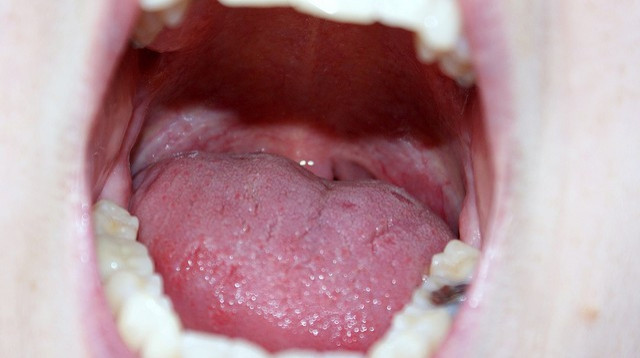Tooth Fillings Made With BPA Tied To Behavior Issues

(Reuters Health) - Kids who get dental fillings made using BPA are more likely to have behavior and emotional problems a few years later, according to a new study.
But the effect was small, and the lead researcher was quick to point out that her team didn't measure BPA levels in particular - and had no way of knowing if any other chemicals were leaching out of the fillings.
It's a controversial topic in dental research, how much really does leach (from fillings)... and whether or not that would have an effect, said Nancy Maserejian, from New England Research Institutes in Watertown, Massachusetts. It's generally assumed that the amounts leached are tiny.
She said dental fillings made using BPA are becoming more popular because they are teeth-colored, as opposed to older, silver-colored amalgam fillings.
BPA, short for bisphenol A, is a chemical used to make plastics that's also found in some food packaging and canned goods. Last year, a study tied prenatal exposure to BPA to hyperactivity and anxiety, especially in girls (see Reuters Health story of October 24, 2011). But its effects are still far from clear.
For the new study, Maserejian and her colleagues looked back at data on 534 kids, age six to 10, who had cavities and were randomly chosen to get amalgam fillings or one of two different types of so-called composite fillings. BPA was used in the manufacturing process of one of those newer fillings.
After five years, parents and kids answered a series of questions about anxiety and depression, attitude at school and overall behavior.
The researchers found kids who had multiple fillings made using BPA - and who'd had those fillings for a long time - consistently scored two to six points worse on 100-point behavior measures than those who had none of the fillings or who'd only had one for a short time.
Behavior problems seemed especially common in kids who had those fillings on chewing surfaces, the researchers reported in Pediatrics - which supports the idea that some fillings may begin to break down over time with chewing and leach certain chemicals.
Maserejian said it's possible the fillings contain residual BPA that was used in making them, even though the chemical isn't supposed to be a main ingredient in the fillings themselves.
But whether that's the case - and whether small amounts of those chemicals could have an effect on brain development - is all hypothetical.
We didn't measure BPA, and we don't know whether BPA was in (the fillings), Maserejian told Reuters Health. There are other chemicals used in these composites, and BPA isn't directly used in them. We don't really know what the health effects of these other chemicals are.
More research will be needed to get those answers, she said.
In the meantime, parents shouldn't be too worried: The average difference in behavior issues between kids with various types of fillings was so small that they would not be noticeable for most children.
Types of fillings are really something that a dentist has to determine based on the cavity that needs to get filled and the child, Maserejian said.
At this point, the best thing a parent can do is avoid that discussion entirely by just preventing cavities as best they can with brushing and flossing.
SOURCE: bit.ly/jsoh2P Pediatrics, online July 16, 2012.
© Copyright Thomson Reuters 2024. All rights reserved.





















